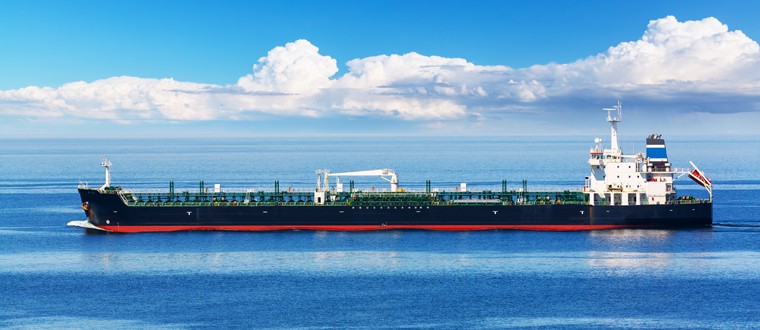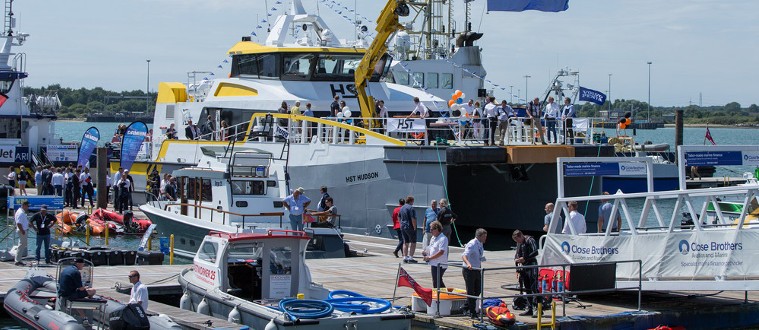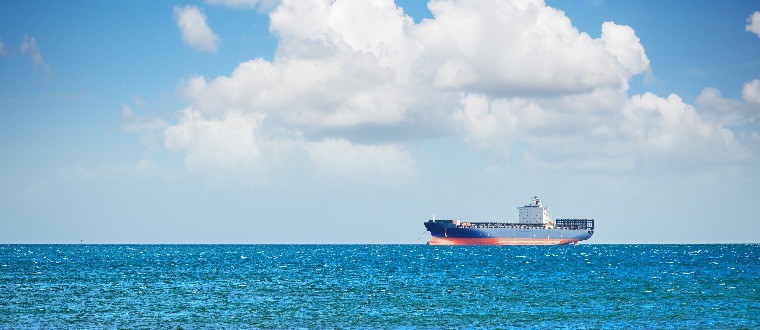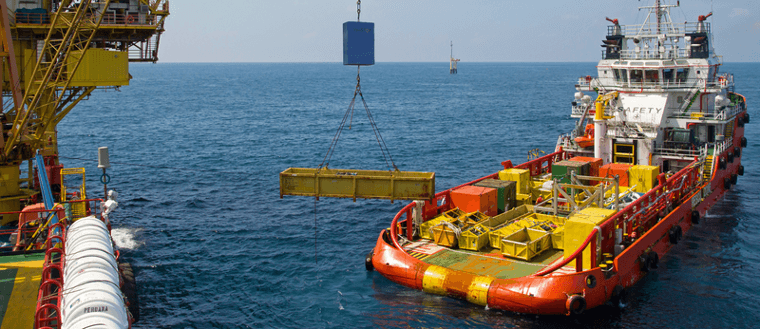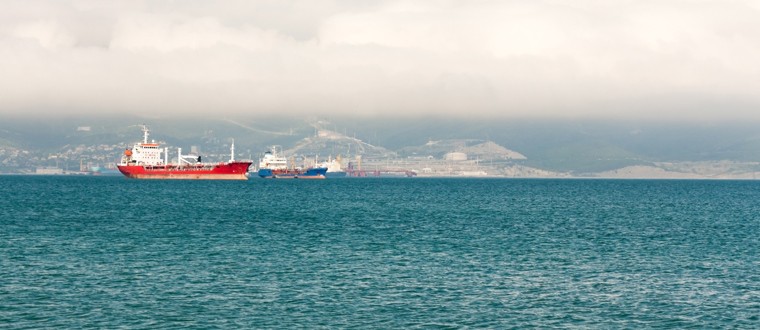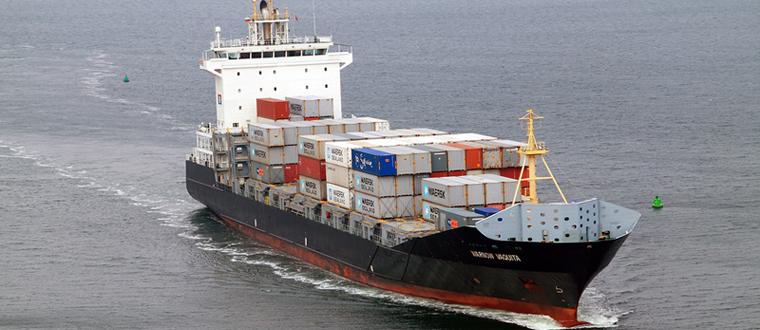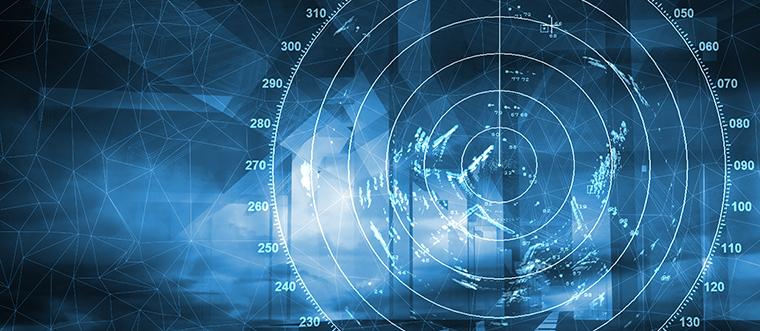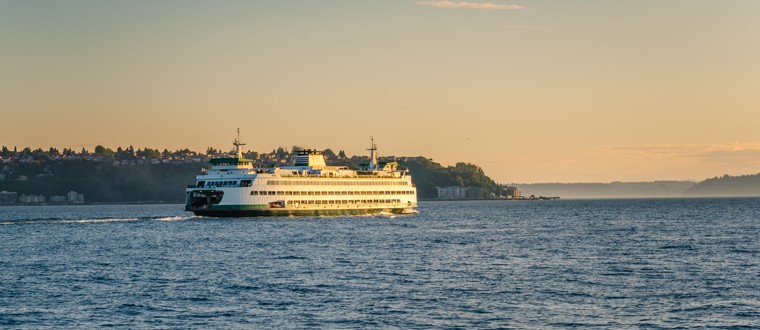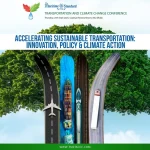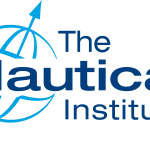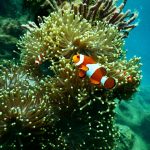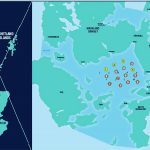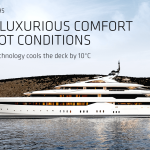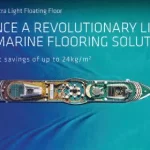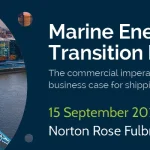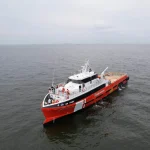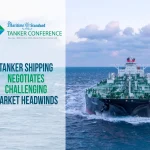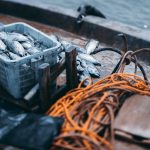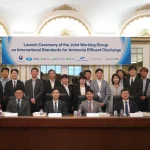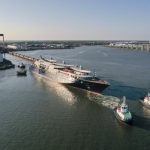The evolution of shipping from the first to the third industrial revolutions, and from using wind, steam and compasses to oil and satellites, required generations of development, yet it seems that the shipping world today is faced with a revolution which is unfolding with a breakneck speed due
Damen showed two new Fast Crew Supply vessels to the world for the first time at the 2018 Seawork International Exhibition and Conference, in Southampton, UK. The FCS 2710 and FCS 1204 received their first public viewings and the naming ceremony for the FCS 2710 was also held on the opening day of the show.
The Siship BlueDrive topology is based on DC technology and offers a wide range of benefits such as continuously reliable operation, a leaner design due to fewer components, an extended life cycle and fuel savings.
While dynamic positioning systems automatically maintains a vessel’s position despite wind and currents, and heave compensated cranes adjust for wave and roll, rotation control of suspended cargo is frequently handled by vessel or harbour crew with taglines attached to the corners of the load. This is a highly inefficient method to load and unload goods and equipment, and
The grease-free ThorPlas-Blue bearings Thordon supplied and installed to a Mississippi River line haul boat recently have helped reduce the vessel’s operating costs while creating a safer working environment for the crew.
Using its flexible mobdock technology, damaged aft sterntube seals can be quickly replaced underwater during a vessels port-stay, negating the need for costly drydocking.
Kelvin Hughes, a world leader in maritime navigation and security surveillance radar, is delighted to announce that it will be supplying its SharpEye™ downmast submarine navigation radar in support of the Royal Canadian Navy’s sustainment program.
Kelvin Hughes is celebrating 70 years of radar in 2017. In 1947 the first Type 1 radar was produced and installed on a new fishing trawler, the Type 1 then went on to be the first type approved radar, gaining its type approval certificate on 11th August 1948, the first radar to do so.
The demonstration, in front of invited guests from the project partners, Planet Ocean, National Oceanography Centre, ASV Ltd, University of Southampton and funders Innovate UK and Dstl took place on a sunny July day in the Solent.

